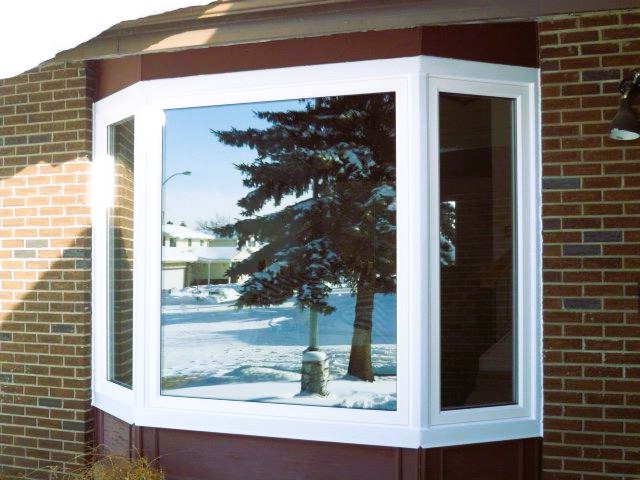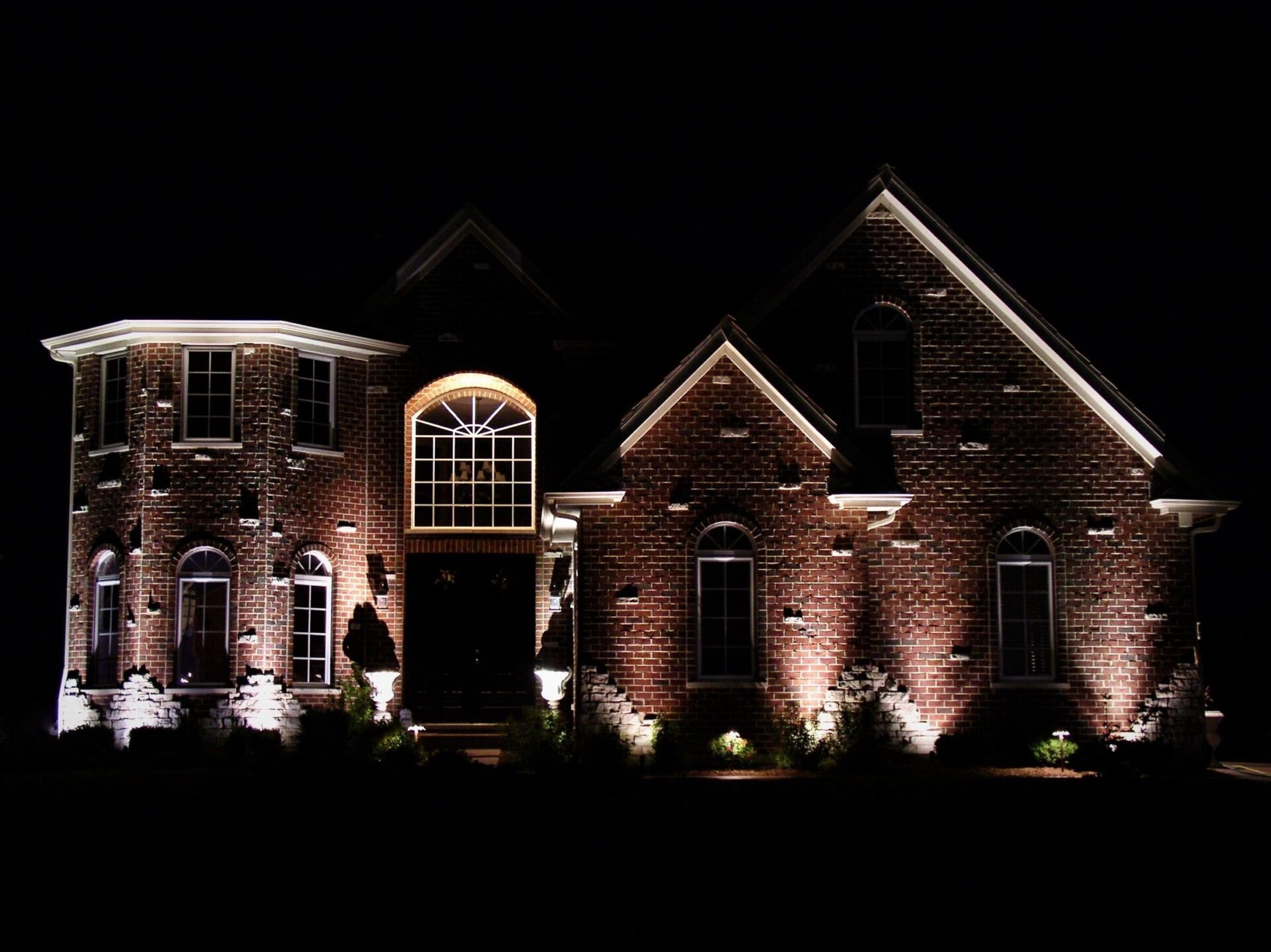Windows play a vital role in Canadian homes, providing natural light, ventilation, and a connection to the outdoors. However, like any other component of a house, windows can encounter problems over time. Understanding common window problems and knowing how to address them is essential for maintaining the functionality, energy efficiency, and aesthetic appeal of your home. In this article, we will explore some typical window issues experienced by Canadian homeowners and provide practical solutions to fix them.
Window Condensation:
Condensation occurs when warm, moist air comes into contact with cold window surfaces. It is a common problem in Canadian homes, especially during the cold winter months. Excessive condensation can lead to mold growth, damage to window frames, and reduced visibility. To address this issue, consider the following solutions:

Increase Ventilation: Improve airflow in your home by opening windows periodically, using exhaust fans in kitchens and bathrooms, and installing a whole-house ventilation system. Proper ventilation helps to reduce excess moisture levels. Do you want to buy a home in Canada? Use our article on Navigate through mortgage options.
Do you want to buy a home in Canada? Use our AI article
Navigate through mortgage options.
Use Dehumidifiers: If your home has high humidity levels, particularly in basements or bathrooms, using dehumidifiers can help remove excess moisture from the air, reducing condensation on windows.
Install Insulated Glass Units: Upgrading to double or triple-pane windows with insulated glass units can help reduce condensation by providing a barrier between the warm indoor air and the cold window surface.
Drafty Windows:
Drafts are a common issue in older Canadian homes or those with poorly sealed windows. Drafty windows can result in discomfort, higher energy bills, and reduced energy efficiency. To address this problem, consider the following solutions:
Weatherstripping: Apply weatherstripping around the window frames to create a seal and prevent air leaks. Various types of weatherstripping, such as adhesive-backed foam tape or V-strip weatherstripping, are available for different window styles.
Caulking: Check for gaps or cracks around the window frames and use caulk to seal them. Choose a high-quality, waterproof caulk suitable for your window material (wood, vinyl, or aluminum) and follow the manufacturer’s instructions for proper application.
Insulated Window Coverings: Install insulated window coverings, such as thermal curtains or cellular shades, to add an extra layer of insulation and reduce heat loss through windows.
Sticking Windows:
Windows that are difficult to open or close can be frustrating and pose safety concerns. Sticking windows are often caused by issues with the window tracks, frames, or hardware. To address this problem, consider the following solutions:
Clean and Lubricate: Clean the window tracks and frames to remove dirt, debris, or residue that may be causing the sticking. Apply a silicone-based lubricant to the tracks and moving parts to facilitate smooth operation.
Adjust or Replace Hardware: Check the window hardware, such as locks, hinges, or handles, for any damage or misalignment. Adjust or replace faulty hardware to ensure proper functioning.
Consider Professional Help: If the sticking issue persists, it may be necessary to consult a professional window technician who can diagnose the underlying problem and provide appropriate repairs or adjustments.
Foggy or Broken Window Panes:
Foggy or broken window panes not only affect the appearance of your windows but also compromise their energy efficiency. Foggy windows indicate a broken seal in double or triple-pane windows, leading to moisture buildup between the glass layers. To address this problem, consider the following solutions:
Window Pane Replacement: In cases of foggy windows, replacing the affected glass panes is often the best solution. Consult a professional window contractor to assess the extent of the damage and provide the necessary repairs or replacements.
Upgrade to Energy-Efficient Windows: If your windows are old or showing signs of wear, it may be an opportune time to upgrade to energy-efficient windows. Newer window technologies, such as low-emissivity coatings and gas fills, can enhance energy efficiency and reduce the likelihood of fogging.
Window Frame Decay:

Wooden window frames are susceptible to decay over time, particularly in moist or humid climates. Rotting or decaying window frames not only compromise the structural integrity of the windows but also allow drafts and water infiltration. To address this problem, consider the following solutions:
Repair or Replace Damaged Frames: Assess the extent of the decay and determine whether the frames can be repaired or need to be replaced. Small areas of decay can be removed and filled with epoxy wood filler, while extensive damage may require complete frame replacement.
Regular Maintenance: To prevent future decay, perform regular maintenance tasks such as painting or staining the frames, sealing any cracks or gaps, and ensuring proper drainage around the windows.
Consider Alternative Frame Materials: If decay is a recurring issue, consider replacing wooden frames with more durable materials like vinyl or fiberglass, which are less prone to rotting.
In conclusion, addressing common window problems in Canadian homes is crucial for maintaining comfort, energy efficiency, and the overall integrity of your property. By implementing the appropriate solutions for window condensation, drafts, sticking windows, foggy or broken panes, and window frame decay, homeowners can ensure their windows continue to function optimally. Regular maintenance, timely repairs, and considering upgrades to energy-efficient windows are key steps towards maintaining the longevity and performance of your windows, enhancing the overall quality of your living space.

